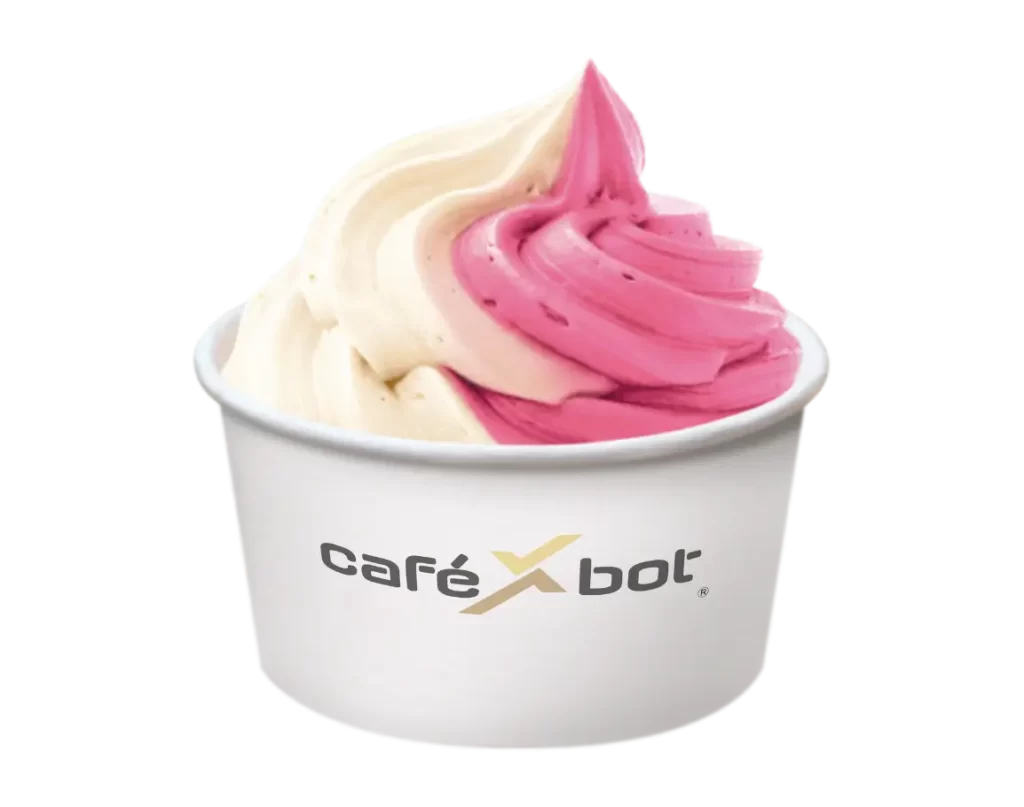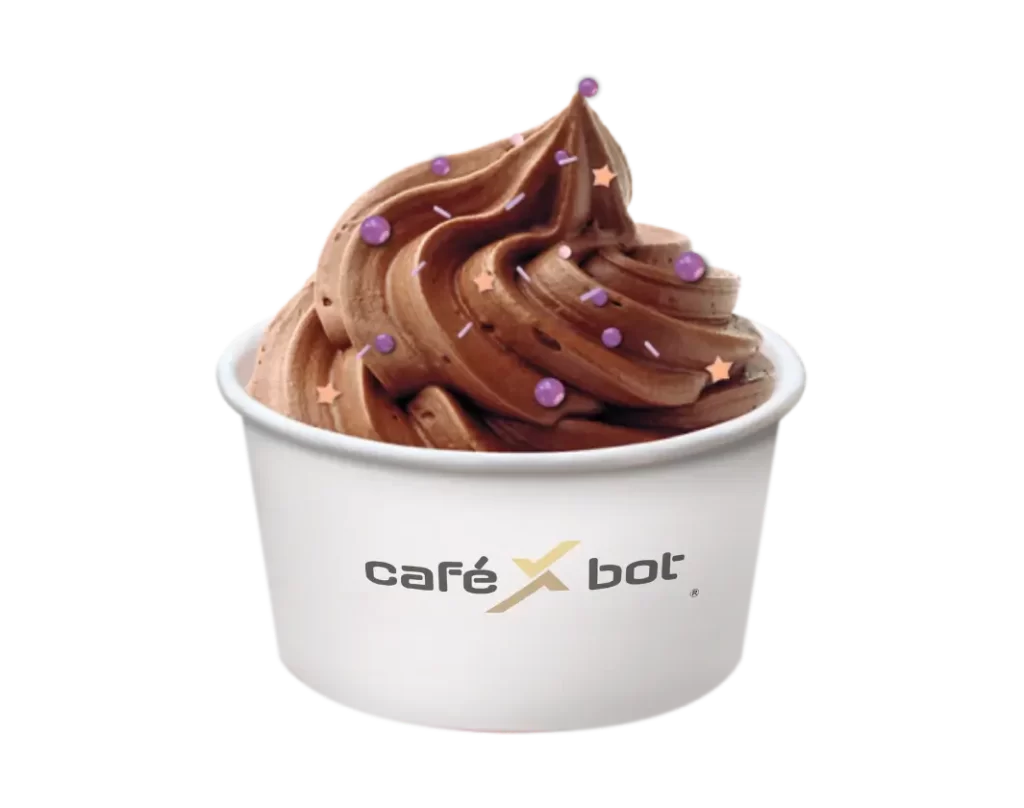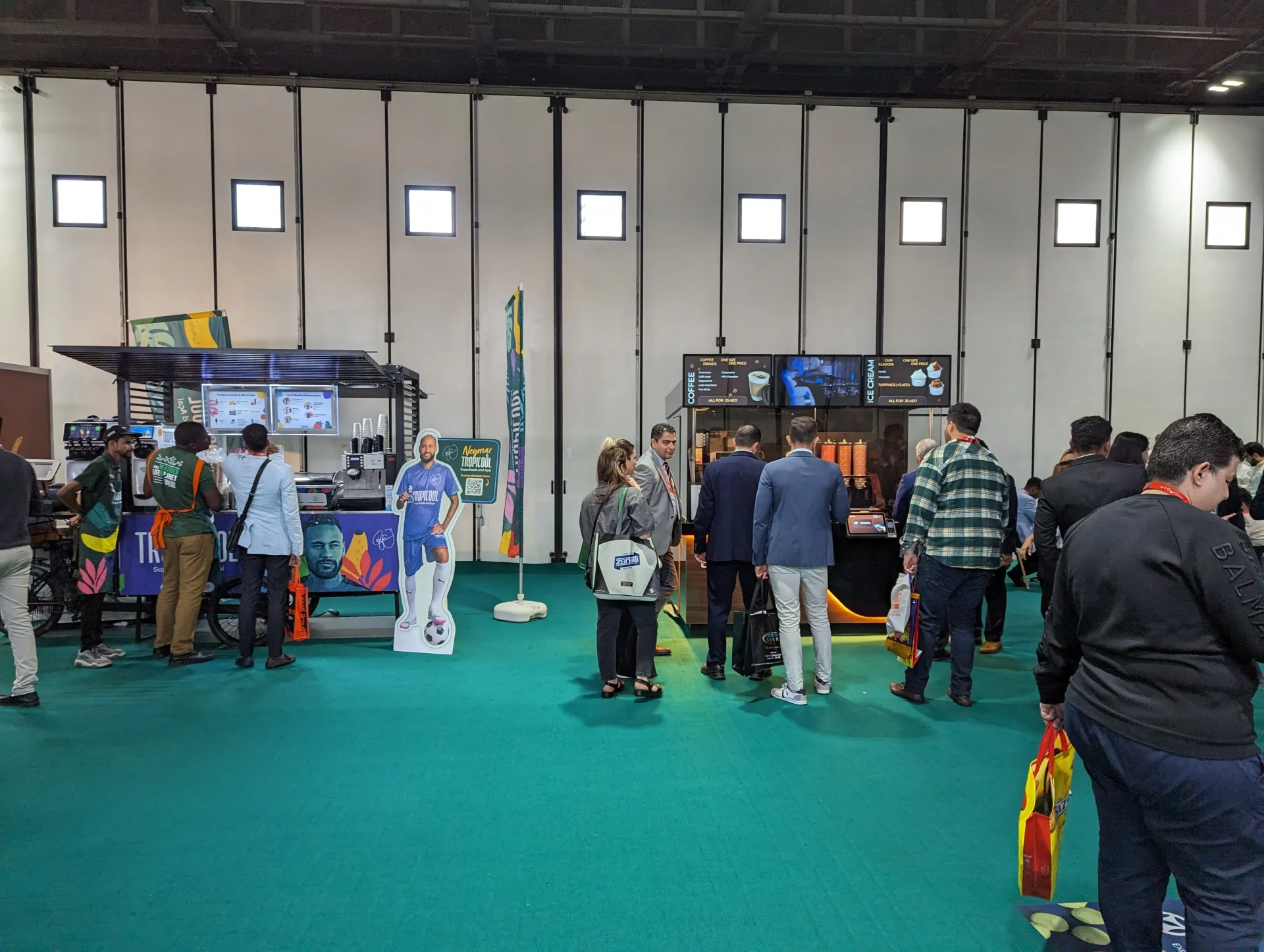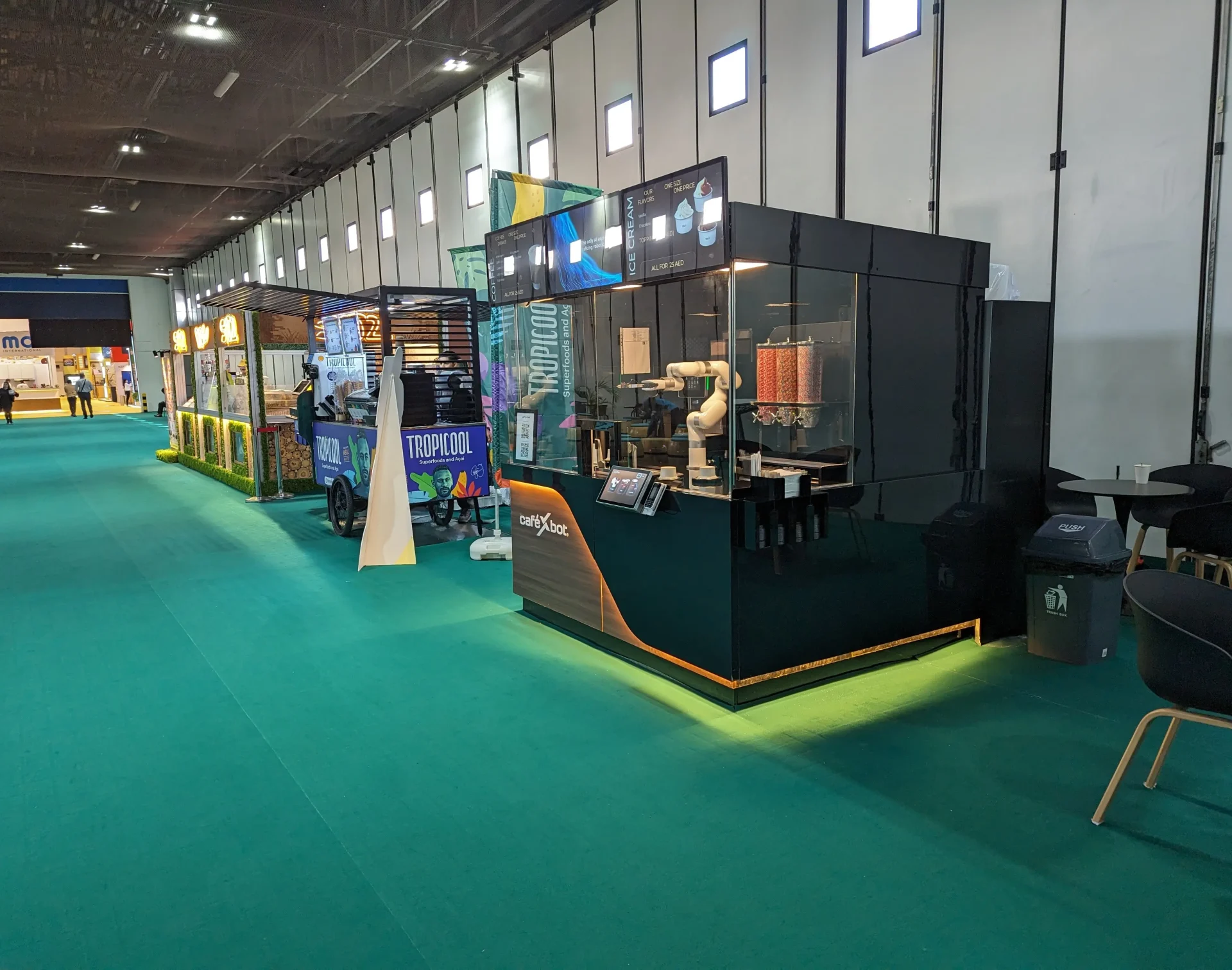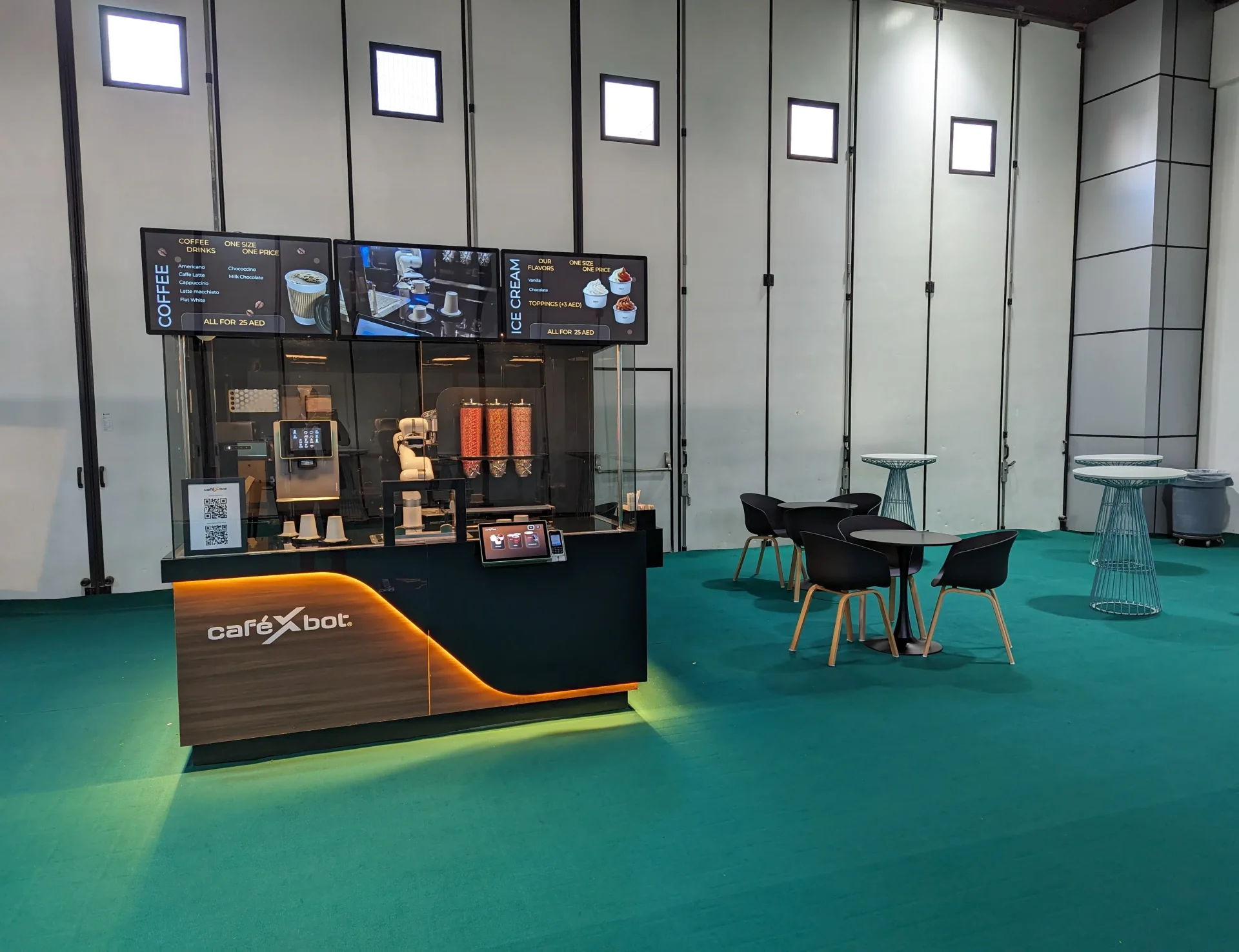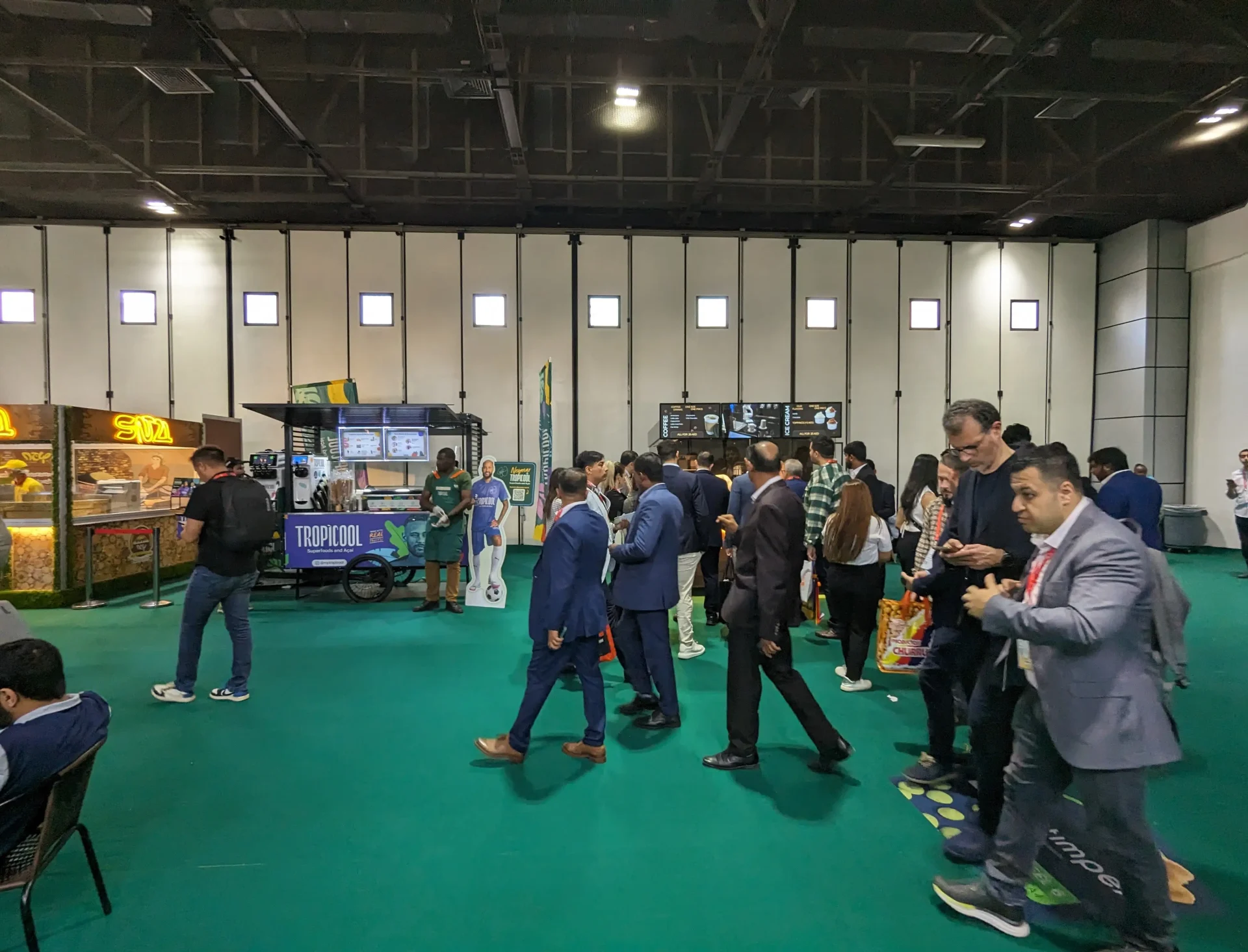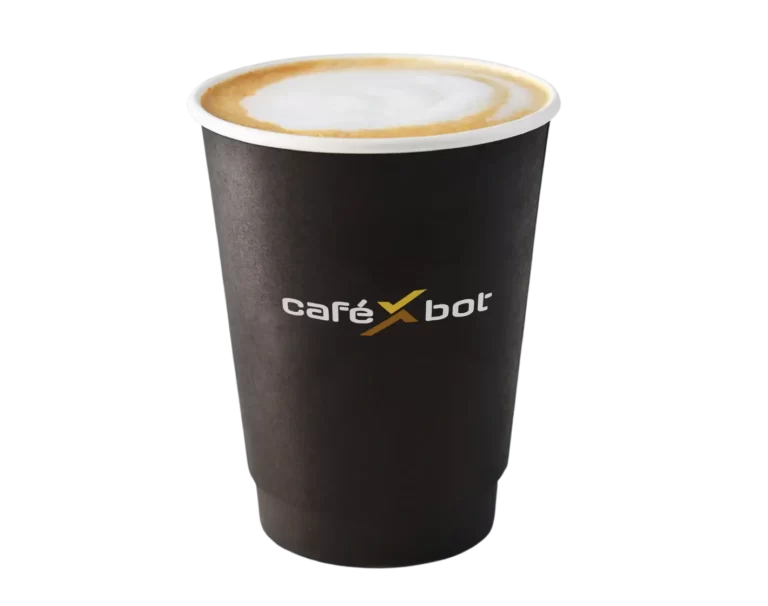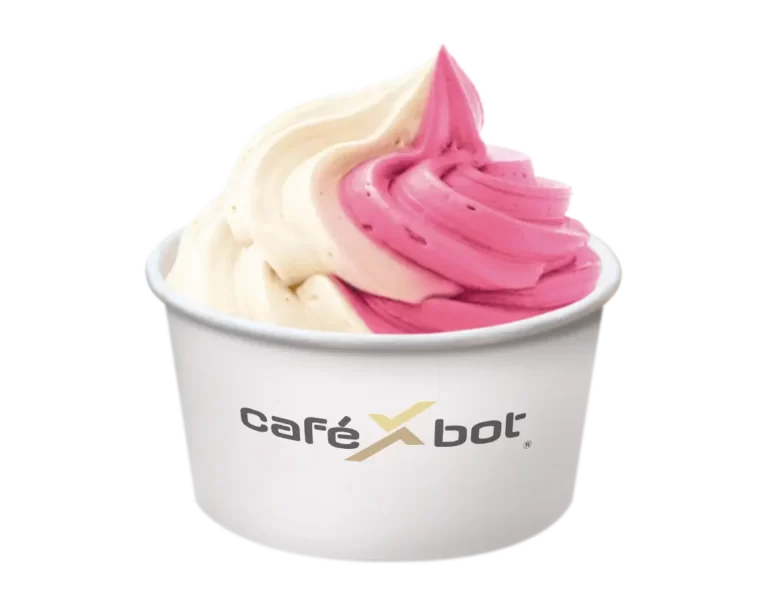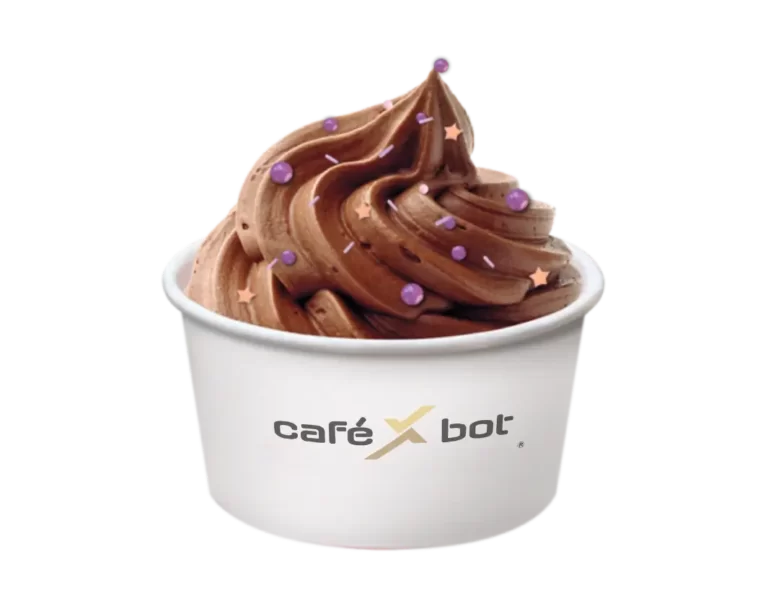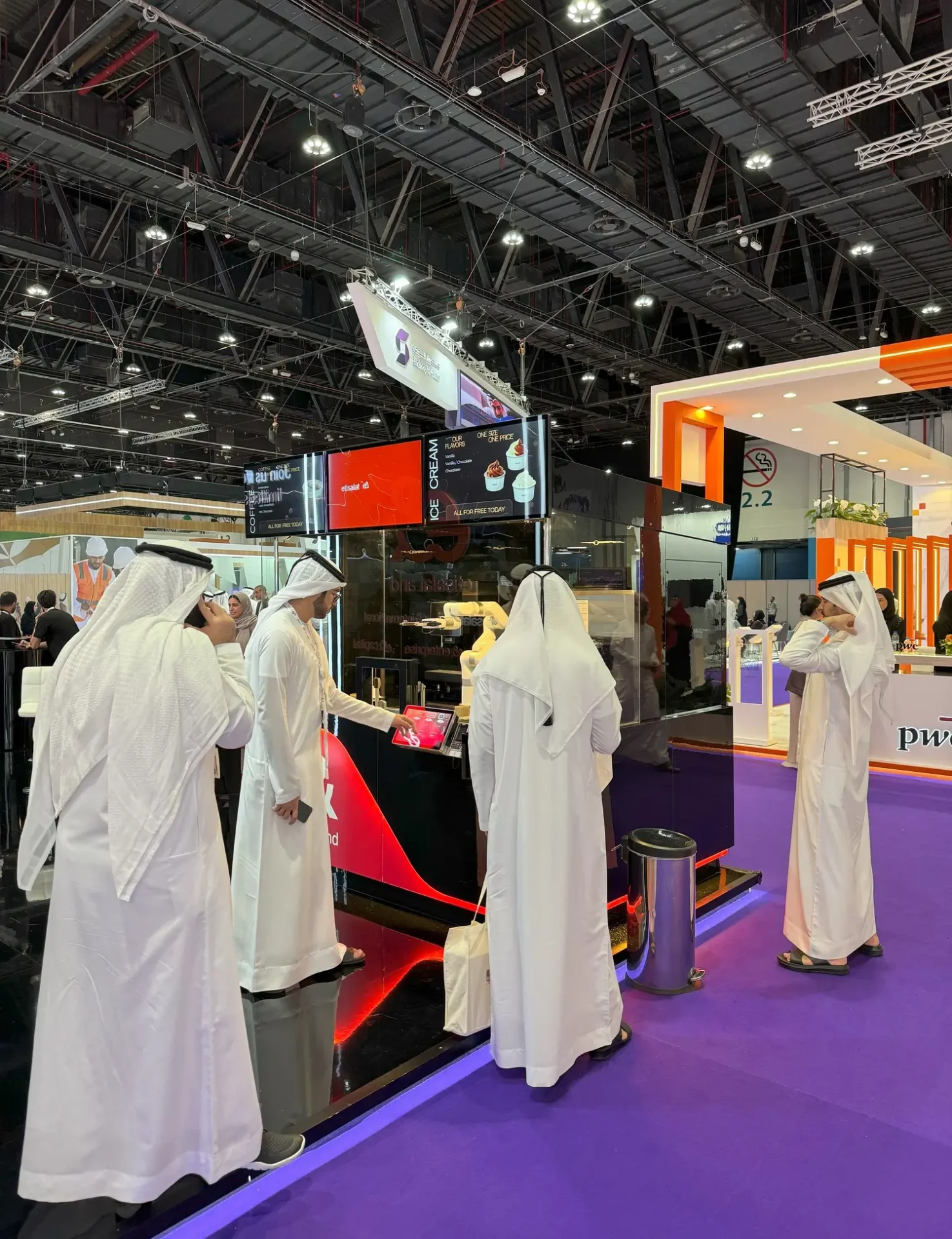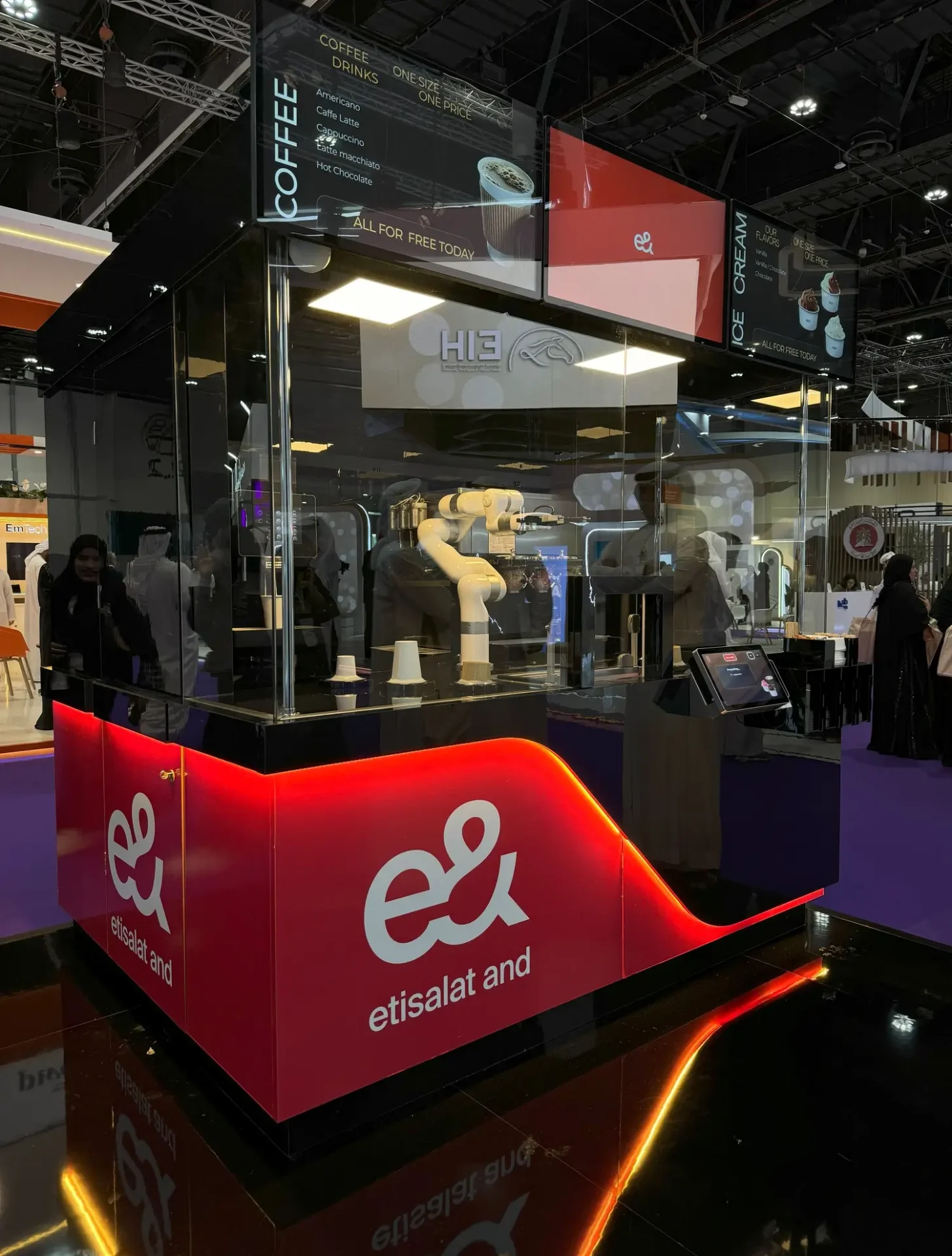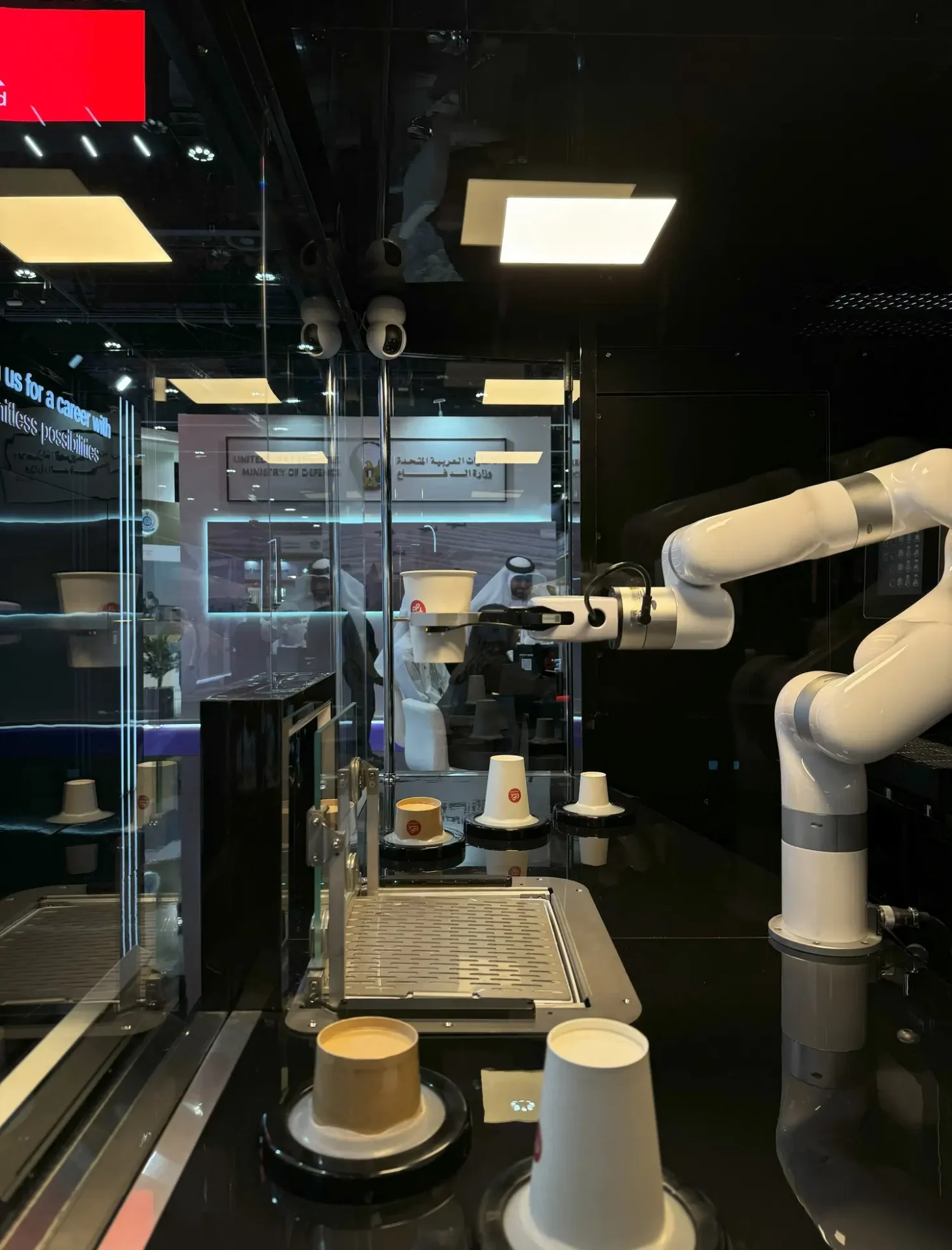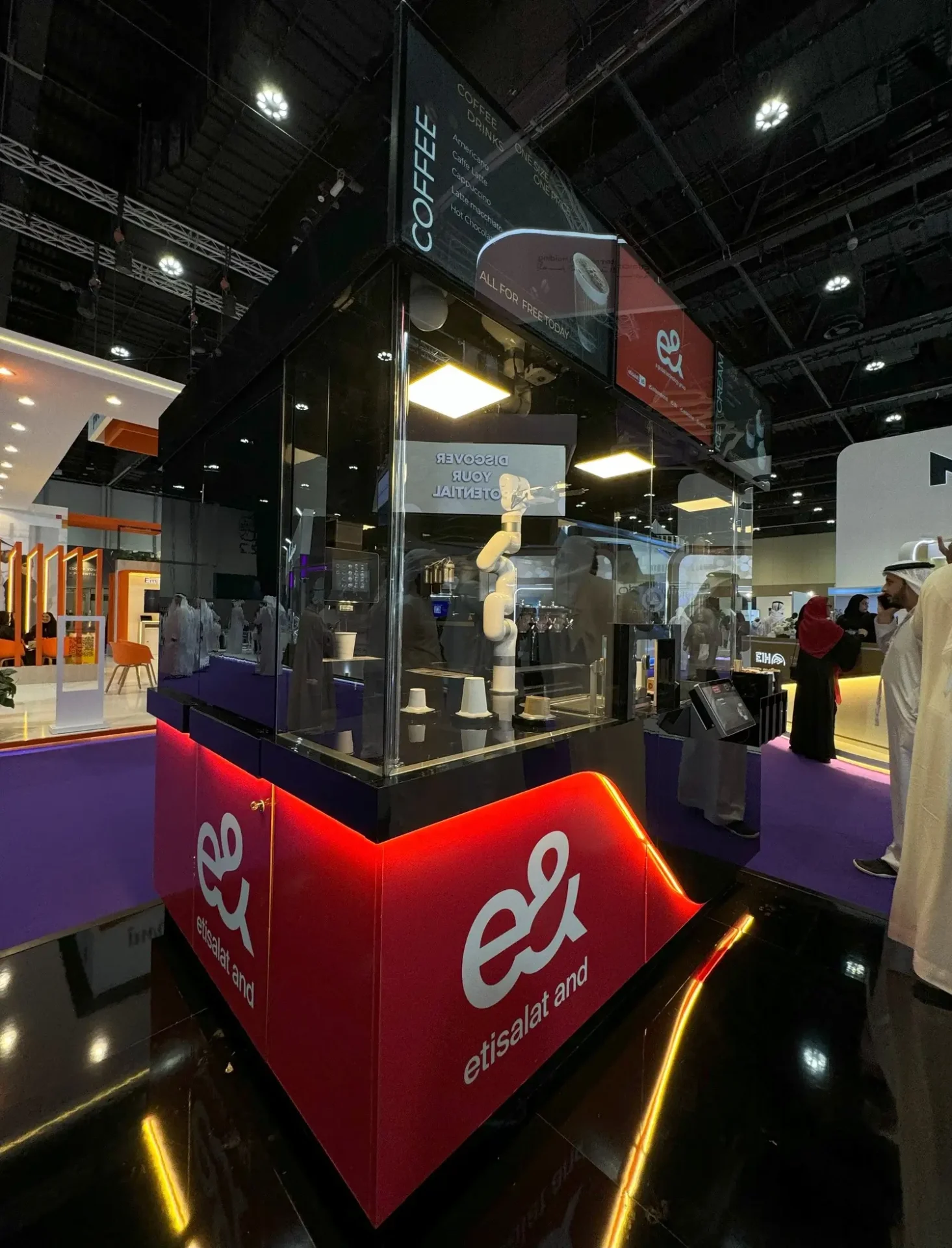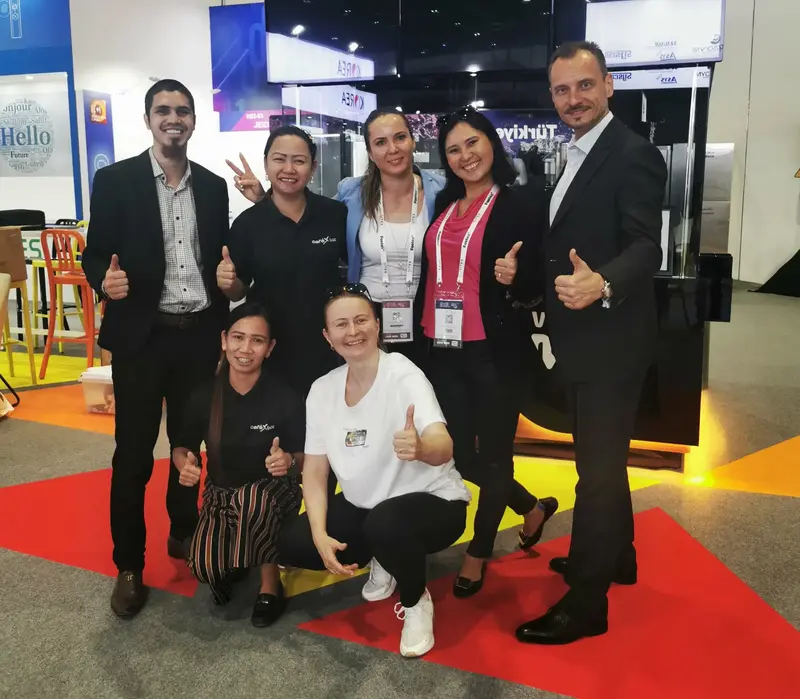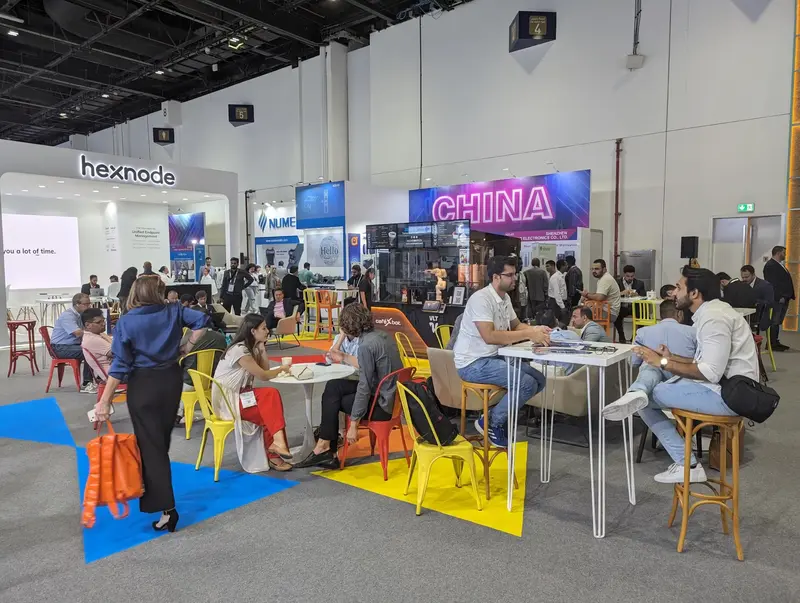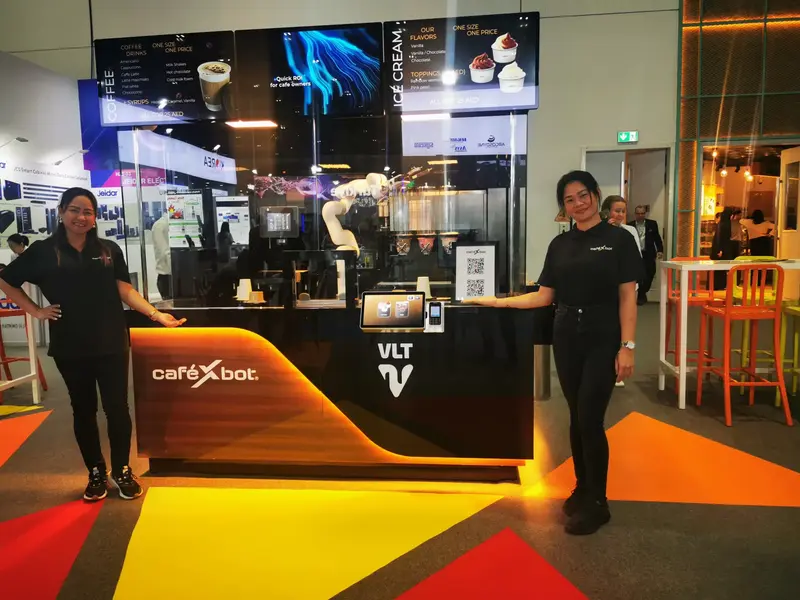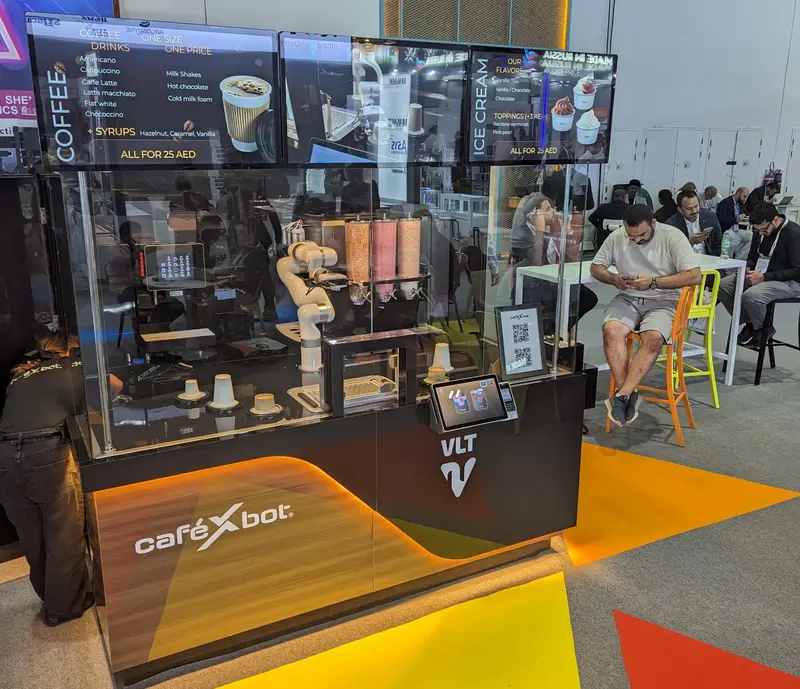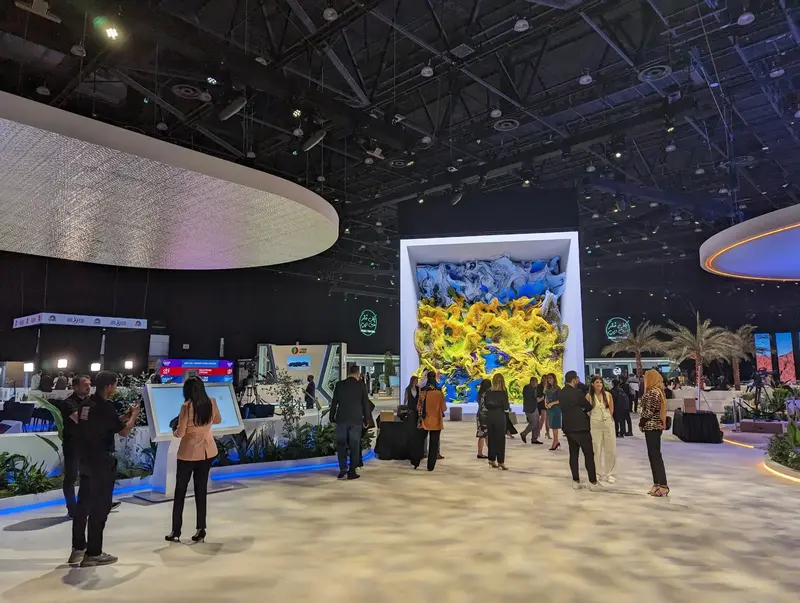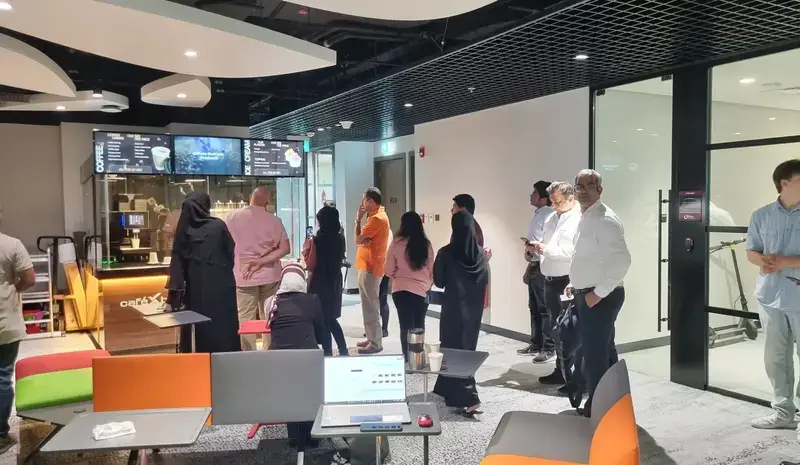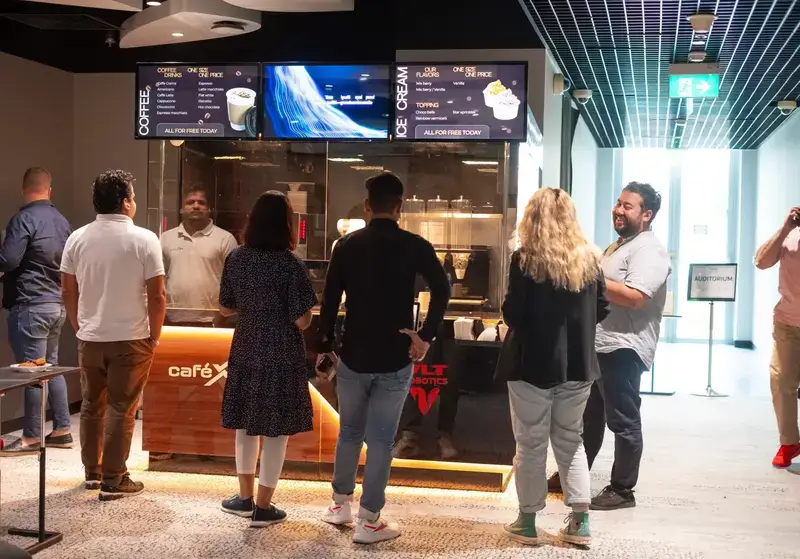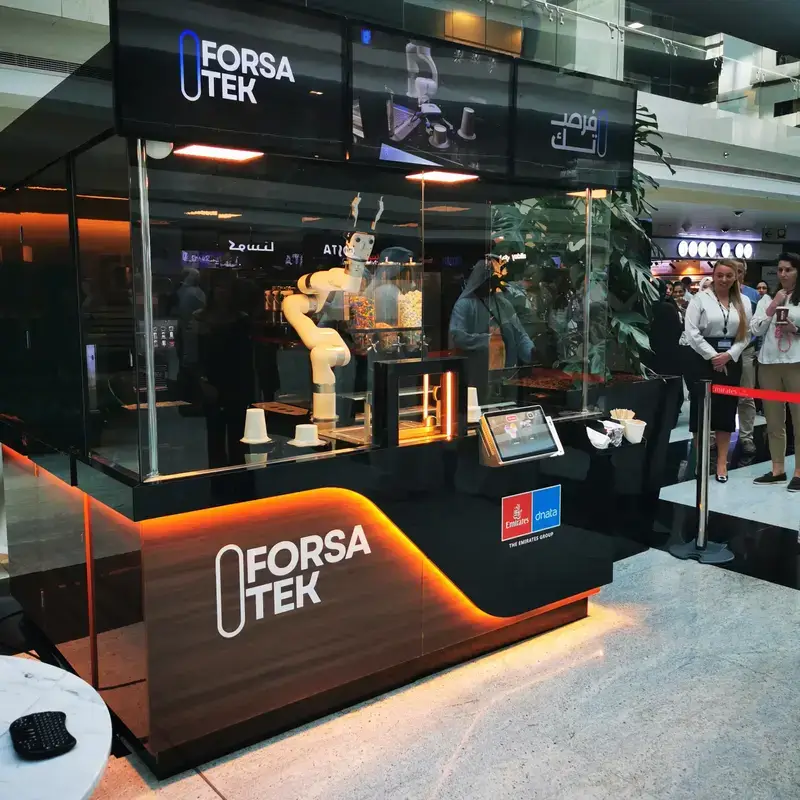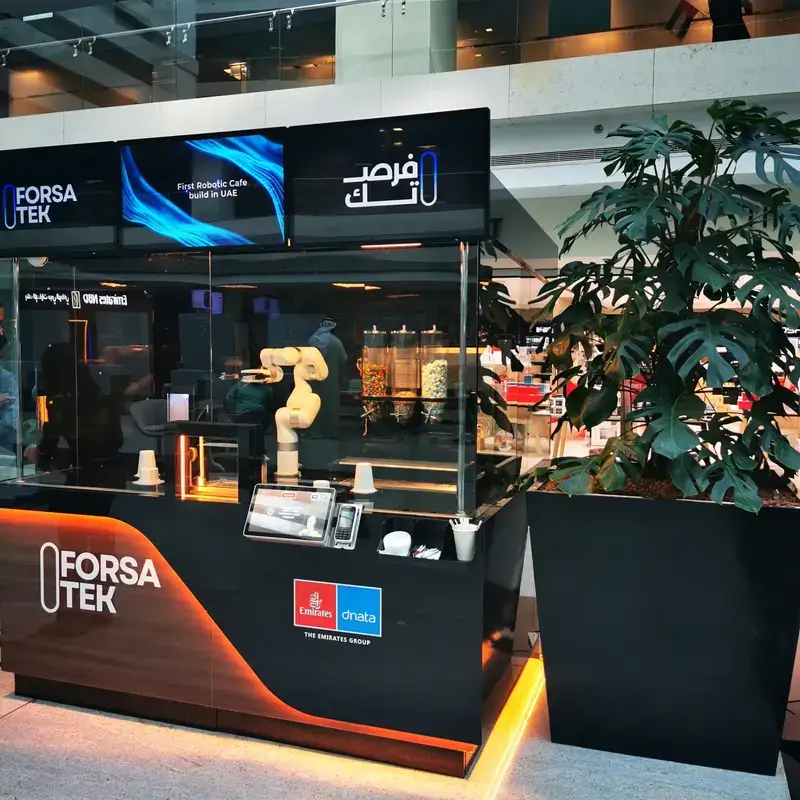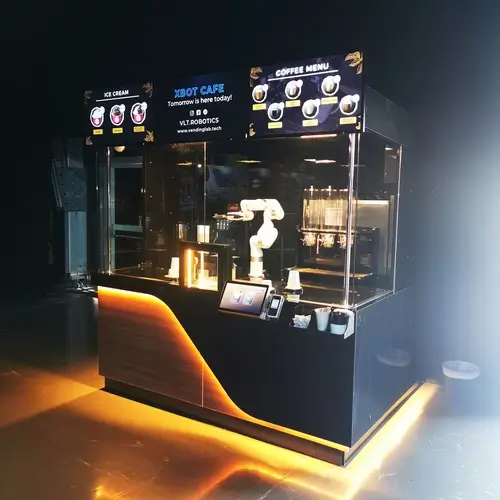
Comprehensive Insights into 7 Key Features of Robot Coffee Vending Machine for Global Buyers
In today's fast-paced world, the demand for quick and convenient food and drink solutions is on the rise, paving the way for innovative technologies like the Robot Coffee Vending Machine. These high-tech machines not only cater to the ever-evolving lifestyle of consumers but also enhance the coffee vending experience by offering a variety of premium beverages at the touch of a button. As global buyers increasingly seek alternatives that blend efficiency with quality, understanding the key features of these machines becomes essential for making informed investment decisions.
This blog aims to provide comprehensive insights into the seven key features of Robot Coffee Vending Machines, highlighting their unique advantages and practical applications. From the latest brewing technologies to user-friendly interfaces, we will explore how these machines are revolutionizing the coffee vending landscape. By delving into these features, we aim to equip buyers with the knowledge they need to navigate this exciting market and leverage the benefits of robot-powered coffee solutions for their businesses or personal use.
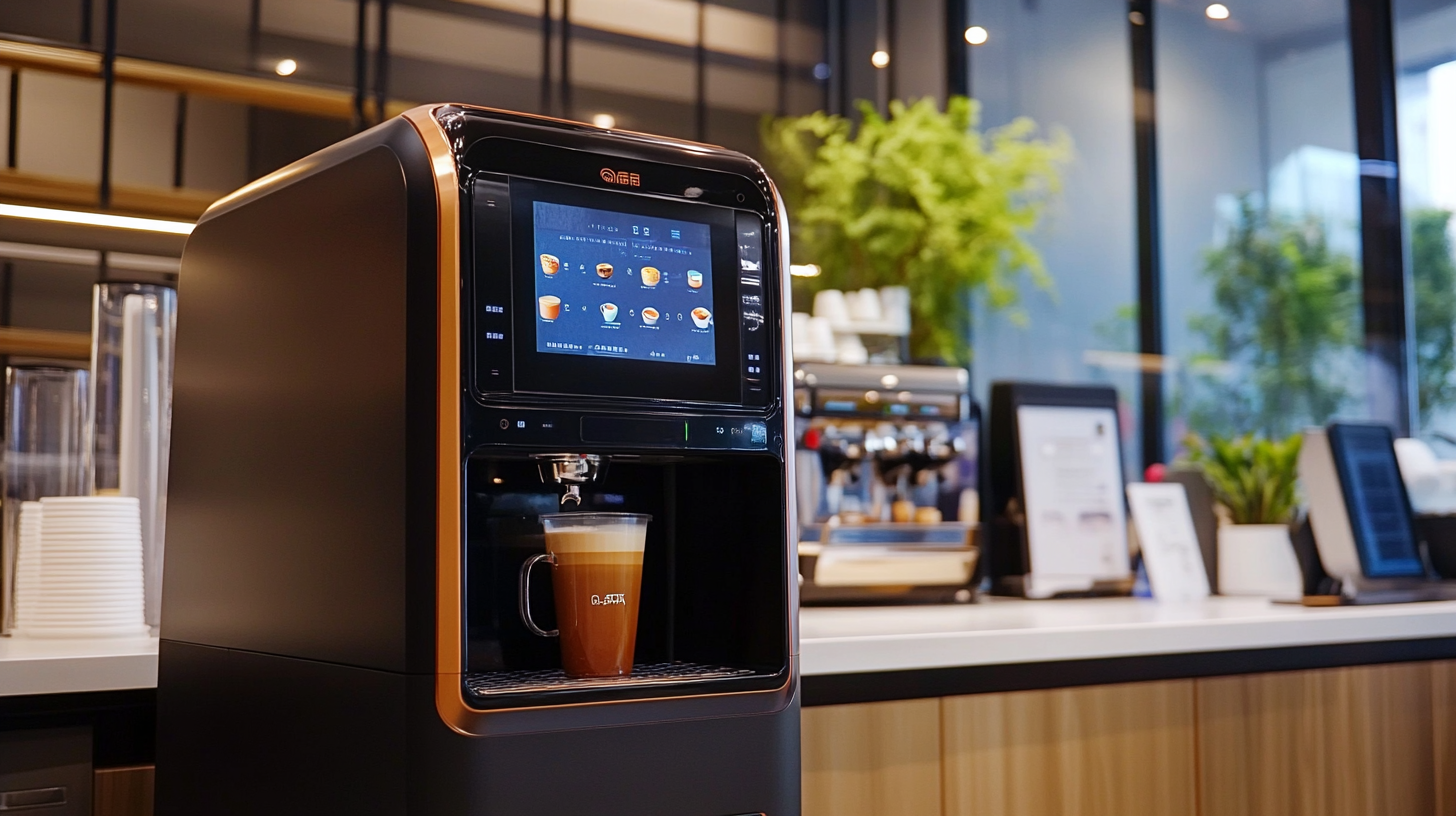
Understanding the Core Technology Behind Robot Coffee Vending Machines
In recent years, the demand for convenience and innovative solutions in the food and beverage industry has surged, paving the way for advanced technologies like robot coffee vending machines. Understanding the core technology behind these machines is essential for global buyers looking to invest in this rapidly growing market. According to a report by Statista, the global coffee vending machine market is projected to reach over USD 1.2 billion by 2025, emphasizing the significance of automation in consumer experiences. Robot coffee vending machines leverage cutting-edge technologies like artificial intelligence, machine learning, and robotics, enabling them to deliver perfectly brewed coffee with efficiency and minimal human interference. The proprietary algorithms used in these machines analyze consumer preferences, optimize ingredient usage, and enhance the overall user experience. A report from Allied Market Research indicates that the global AI in the food and beverage sector is forecasted to reach USD 1.8 billion by 2026, backing the argument that investing in AI-driven coffee vending solutions is a strategic move for businesses. Moreover, the integration of IoT (Internet of Things) technologies is transforming the way these machines operate. IoT-enabled coffee vending machines can monitor inventory, alert operators to maintenance needs, and even provide real-time sales data, which aids in inventory management and customer relationship building. Research by Fortune Business Insights highlights that the IoT in food and beverage market will grow significantly, offering insights into consumer behavior that can guide future product offerings. As buyers consider robot coffee vending machines, understanding these technological pillars will not only enrich their investment strategy but also enhance customer satisfaction in an evolving market.
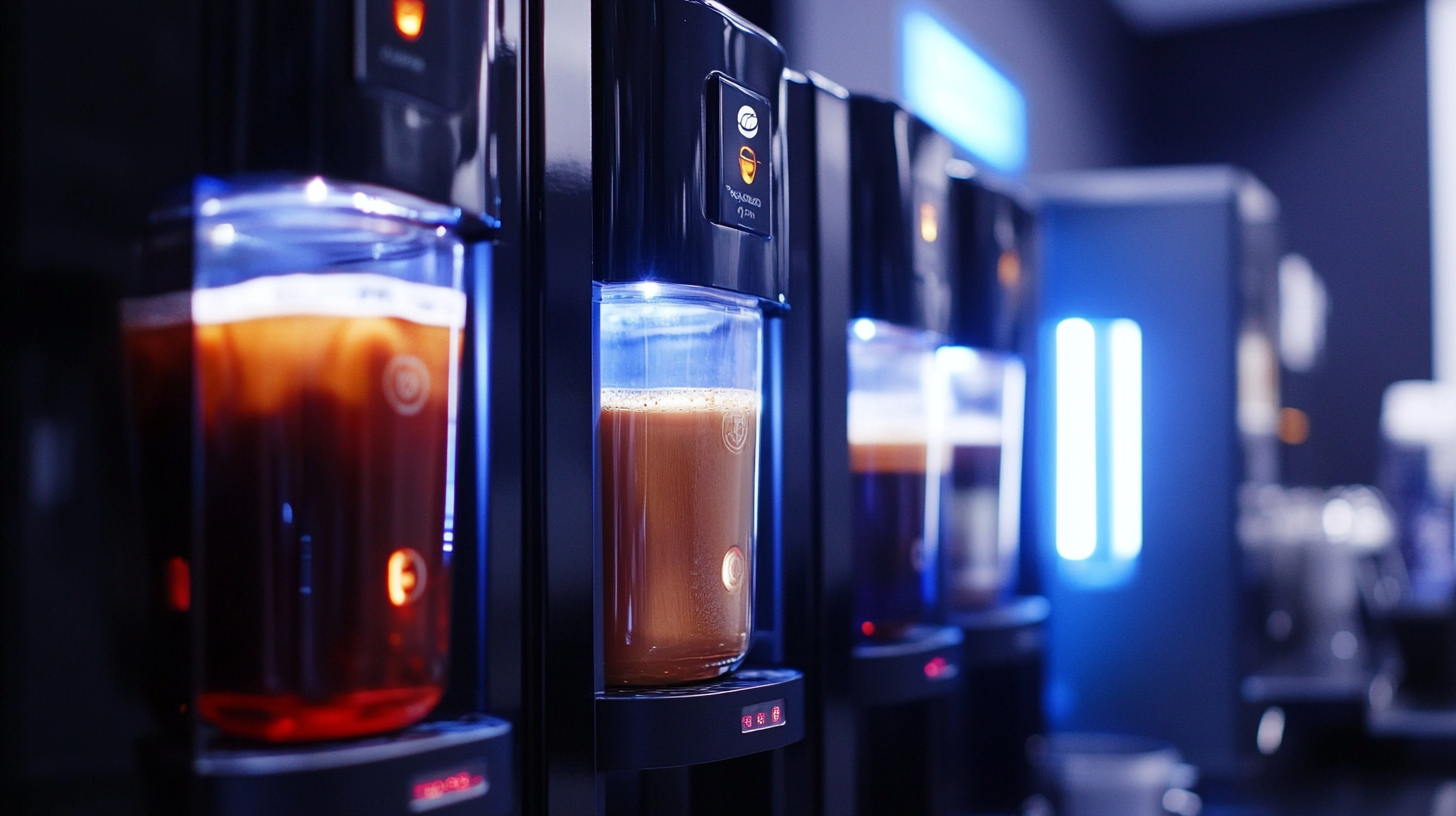
Exploring Customization Options for an Enhanced User Experience
In the rapidly evolving landscape of vending machines, robot coffee vending machines are gaining traction among global buyers, particularly due to their impressive customization options. According to a recent market report by Grand View Research, the global coffee vending machine market is expected to reach $2.5 billion by 2025, underscoring the growing popularity of automated coffee solutions that cater to diverse consumer preferences. This trend reflects an increasing demand for personalized coffee experiences, which robot machines can adeptly deliver.
Enhancing user experience through customization is key for these vending machines. Features such as adjustable coffee strength, milk types, and flavor syrups allow users to tailor their drinks to personal taste. A study by IBISWorld highlights that nearly 70% of coffee consumers prefer tailored options, revealing an opportunity for operators to attract a wider audience by implementing adaptable brewing systems. Additionally, integrating mobile applications for pre-ordering and customization can improve customer satisfaction and streamline service, which is critical in busy locations.
Moreover, advancements in artificial intelligence enable these machines to remember user preferences, making the coffee selection process even more seamless. According to a report by MarketsandMarkets, the AI in coffee vending systems is expected to grow substantially, with a projected CAGR of over 20% in the coming years. This capability not only fosters user loyalty but also enhances operational efficiency by reducing wait times and minimizing order errors, thus providing a truly enriched coffee experience.
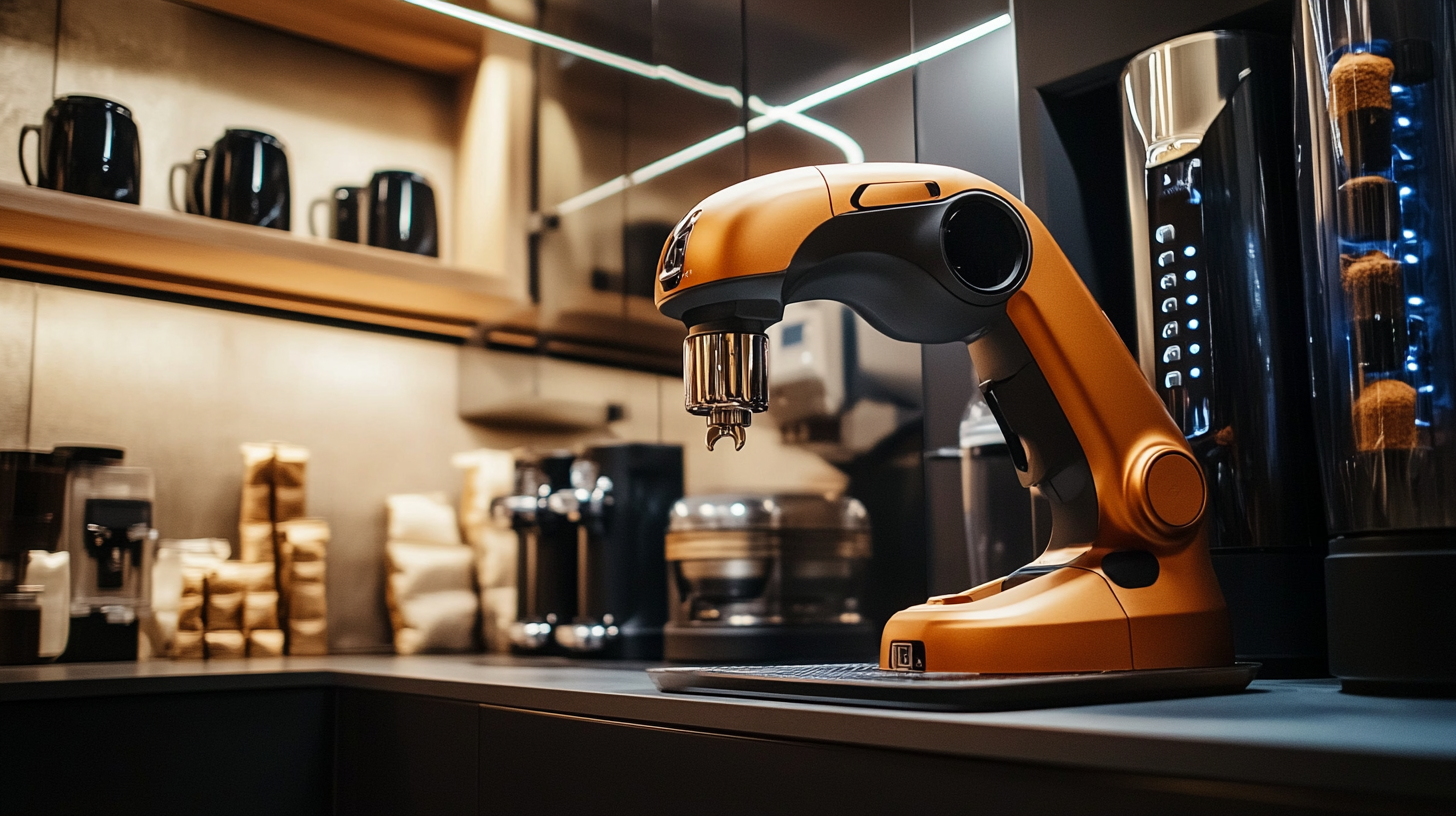
Evaluating Energy Efficiency and Sustainability in Modern Coffee Vending Solutions
As consumers become more conscious of energy efficiency and sustainability, the coffee vending machine market is adapting to meet these demands. The Global Fully Automatic Coffee Machine Market is projected to reach USD 7.08 billion by 2033, growing at a CAGR of 4.06%. This growth is largely driven by advancements in technology aimed at enhancing energy efficiency and reducing the carbon footprint associated with coffee preparation.
Modern coffee vending solutions have begun to incorporate features such as energy-saving modes and eco-friendly materials, ensuring that they not only serve quality beverages but also align with sustainability goals. According to market research, the demand for machines that optimize energy usage is on the rise, reflecting a burgeoning preference among global buyers for products that contribute to a greener planet.
Additionally, recent statistics reveal that vending machines are seen as vital components in modern retail, providing convenience and operational efficiency. With the rise of automated coffee solutions, vendors are responding to the dual necessity of offering delicious coffee while maintaining an environmentally responsible approach. As this trend continues, we can expect to see innovations that further enhance energy efficiency, making these machines not just business assets but also tools for sustainable practices in the beverage industry.
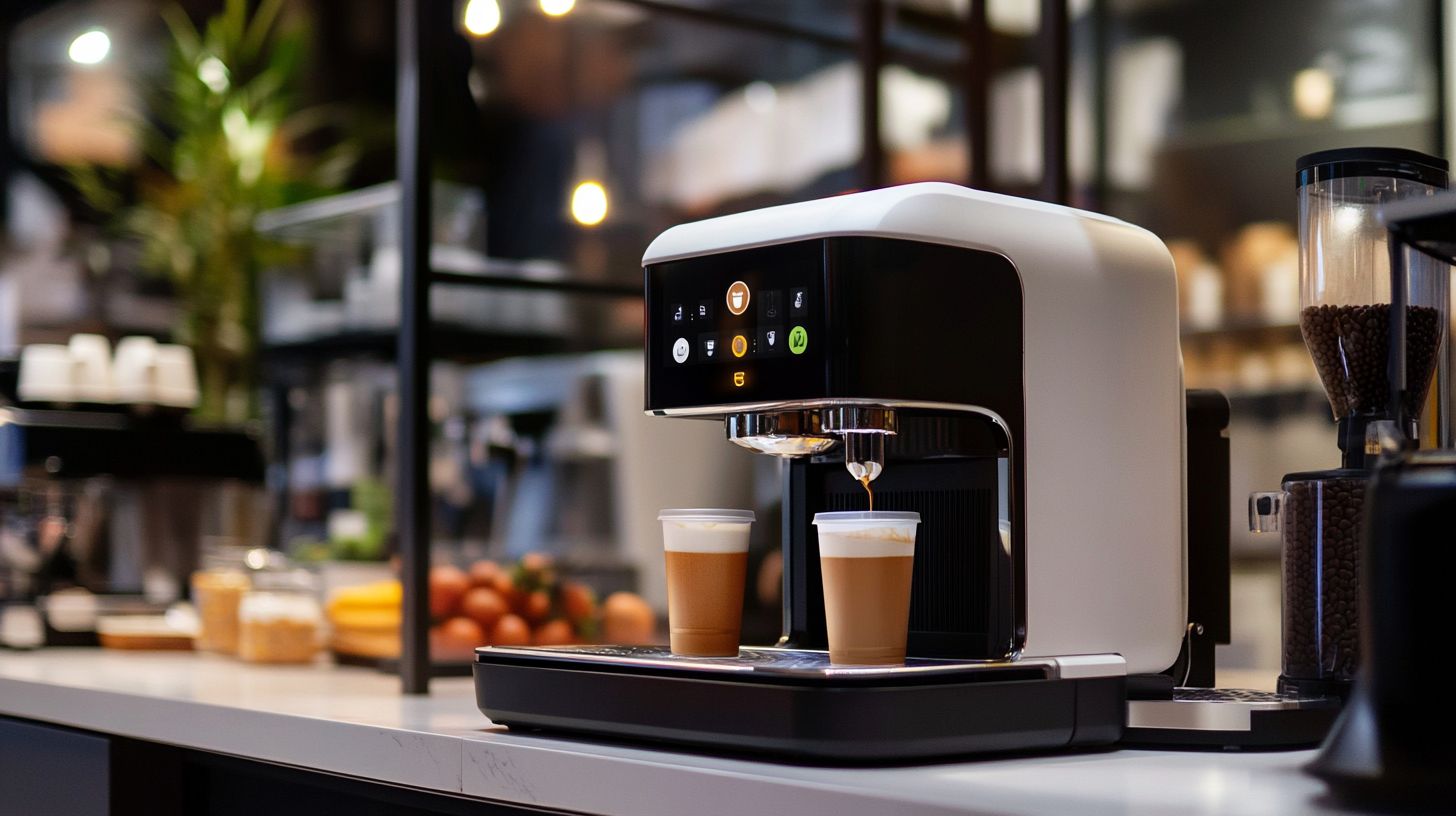
Examining Payment Options and User Accessibility Features
As technology continues to evolve, accessibility features in consumer products have become increasingly vital in ensuring equal opportunities for all users. The trend is particularly evident in robot coffee vending machines, which are designed not only for convenience but also inclusivity. A report from the World Bank indicates that approximately 1 billion people experience some form of disability, emphasizing the urgent need for accessible design in everyday products like vending machines.
For buyers in the global market, understanding the payment options available with these machines is crucial. Recent industry research highlights that contactless payment systems are now favored by over 60% of consumers, particularly in urban areas where speed and efficiency are paramount. Incorporating diverse payment methods, such as mobile wallets and traditional cards, enhances user accessibility by catering to varied customer preferences and enabling seamless transactions for individuals with disabilities.
Furthermore, user interface design plays a pivotal role in enhancing accessibility. Studies indicate that clear, intuitive touchscreens and voice-command functionalities can significantly improve the user experience. Implementing features such as adjustable font sizes and high-contrast color schemes facilitates usability for individuals with visual impairments, aligning with universal design principles that advocate for environments accessible to everyone. As the market for these machines expands, focusing on such accessibility options will not only fulfill ethical obligations but also capture the growing demographic of conscious consumers.
Identifying Maintenance Needs and Longevity of Robot Coffee Machines
The maintenance needs and longevity of robot coffee vending machines are critical factors that buyers must consider when investing in this technology. As highlighted in a recent report by the International Society of Coffee Technicians, robotic coffee machines typically exhibit lower failure rates than traditional vending options, primarily due to their advanced engineering and self-diagnostic capabilities. With proper maintenance, these machines can have an operational lifespan of up to 10 years, significantly reducing the need for frequent replacements.
Regular maintenance tasks for robot coffee machines include cleaning, component inspections, and software updates. According to industry standards, it is recommended that these machines undergo quarterly servicing by trained technicians to ensure optimal performance. Moreover, data from the Coffee Machine Manufacturers Association indicates that proper maintenance can improve the efficiency of these machines by as much as 20%, translating to higher quality beverages and improved customer satisfaction.
Moreover, as technology advances, the integration of machine learning algorithms allows these coffee machines to predict maintenance needs more accurately, thereby reducing unexpected downtime. A report by Market Research Future shows that predictive maintenance capabilities can enhance the longevity of robot coffee machines by identifying potential issues before they escalate into costly repairs. Buyers should prioritize models that offer these smart maintenance features to ensure a seamless operation over the years.








